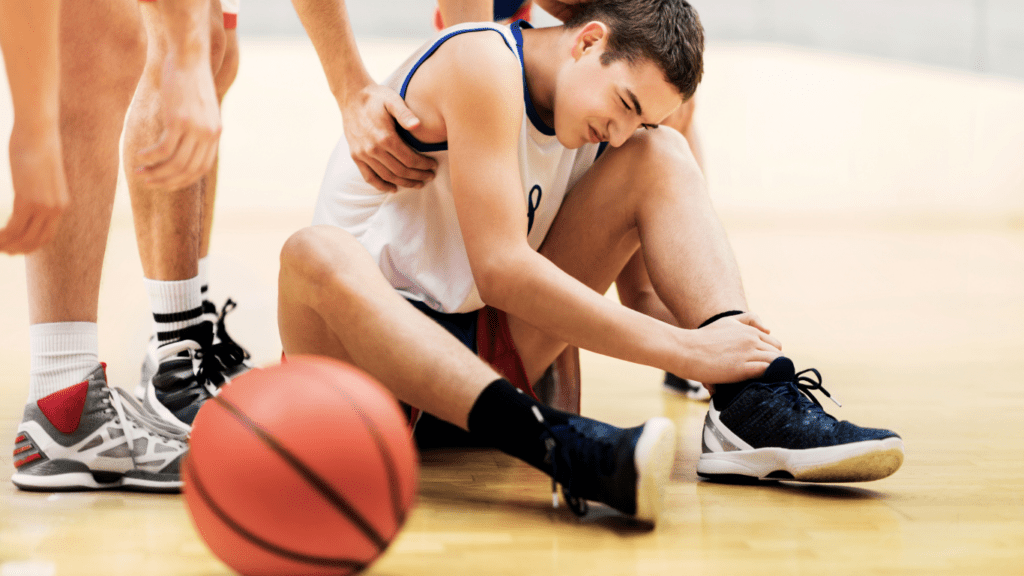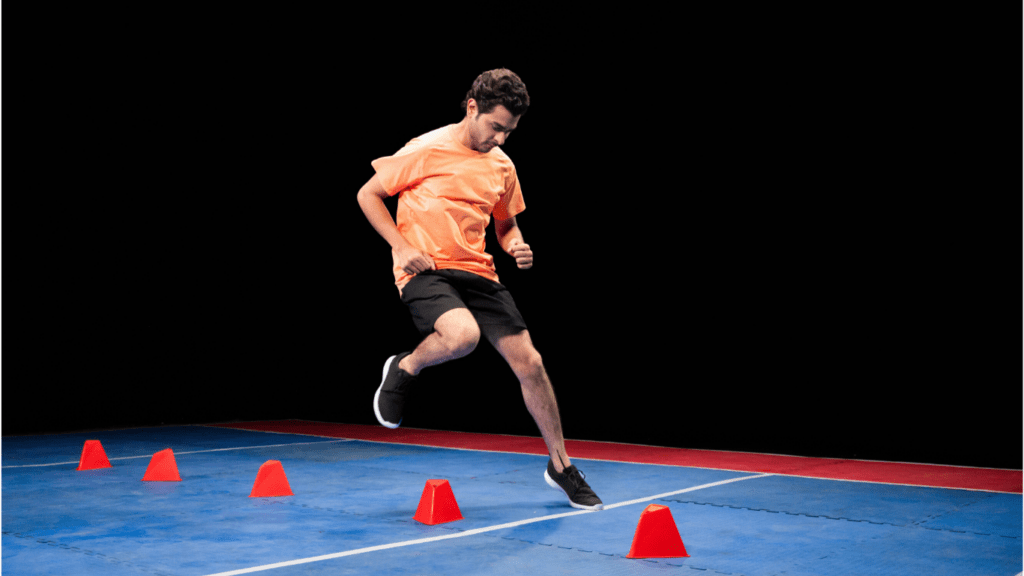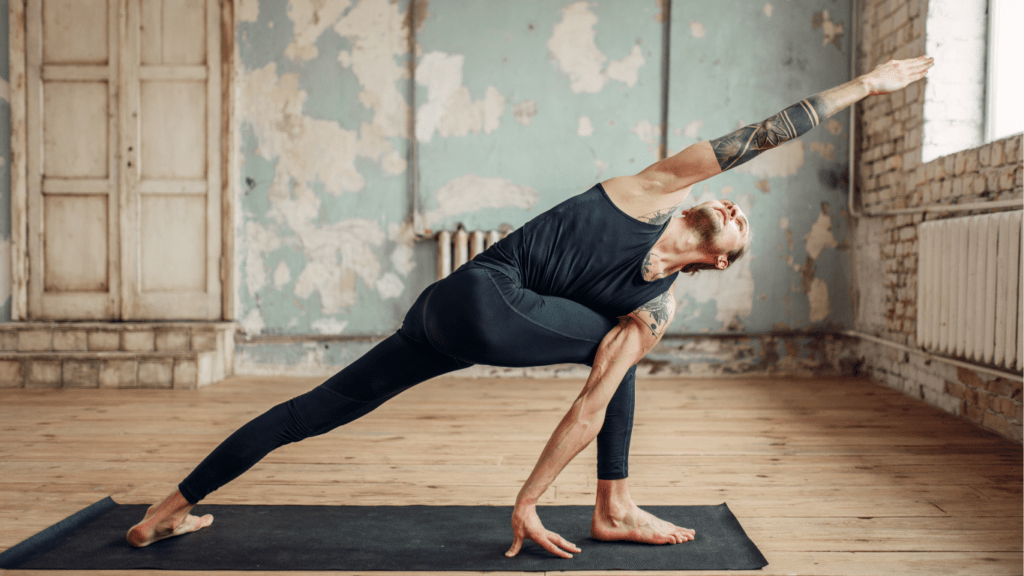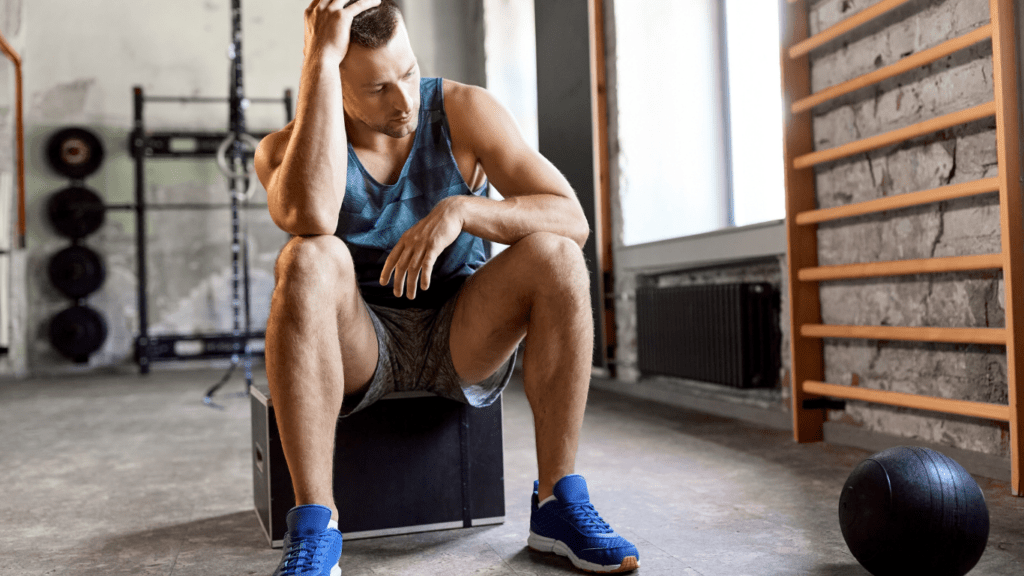In sports and physical activities, technique isn’t just about performance—it’s a key factor in staying safe. I’ve seen how improper form can turn a simple movement into a potential injury. Whether you’re an athlete or just someone who loves staying active, understanding the role of proper technique can make all the difference.
When we focus on the right way to move, we not only enhance efficiency but also minimize unnecessary strain on our bodies. Injuries often happen when we push too hard or neglect the basics, especially during intense practice or competition. By prioritizing technique, we can protect ourselves and perform at our best without risking long-term setbacks.
Importance Of Proper Technique In Sports
- Proper technique directly influences performance and injury prevention in sports. Correct form optimizes movement efficiency, reducing unnecessary energy expenditure during practice and competition. For example, maintaining the correct posture in running improves speed and prevents strain on joints.
- Using improper technique increases the likelihood of overuse injuries. Repetitive motions like swinging a golf club or throwing a baseball, if done incorrectly, can lead to conditions such as tendinitis or stress fractures. By adhering to proper mechanics, athletes minimize these risks while enhancing their longevity in the sport.
- Coaching plays a significant role in reinforcing proper technique. Skilled coaches identify errors and provide individualized feedback to help athletes refine their movements. This instruction fosters muscle memory, enabling consistent execution under pressure.
- Besides reducing injury risk, proper technique boosts confidence. Mastering fundamentals like controlled breathing in swimming or balanced foot positioning in soccer increases an athlete’s trust in their abilities. Confidence translates into better focus and higher success rates during competitive scenarios.
- Effective training programs incorporate drills that emphasize proper alignment and stability. Exercises like squats or lunges, when performed with accurate alignment, strengthen critical muscle groups and prevent imbalances. Prioritizing form in such routines ensures sustainable progress without setbacks.
Common Injuries Related To Poor Technique
Incorrect technique often leads to avoidable injuries, impacting performance and recovery time. These injuries can be categorized based on their nature and frequency.
Overuse Injuries
Overuse injuries, such as tendinitis and stress fractures, typically result from repetitive motions with improper form. For example, poorly aligned joints during running can lead to shin splints or knee pain due to excessive strain. An improper grip or swing in sports like tennis can cause tennis elbow, a common condition involving inflammation in the elbow tendons. Performing repetitive actions without proper posture increases wear on:
- muscles
- tendons
- joints
making them prone to chronic injury.
Acute Injuries
Acute injuries occur suddenly, often during intense moments of practice or competition, when technique is inadequate. Poor landing mechanics in jumping sports, like basketball, increase the risk of ankle sprains or ACL tears. Incorrect body alignment during tackling in football or rugby can result in severe back or neck injuries. Awkward movements, such as lifting heavy weights without proper alignment, often cause muscle strains, disk herniation, or ligament damage.
How Proper Technique Reduces Injury Risk

Proper technique ensures that your body moves efficiently and safely during practice or competition. It minimizes unnecessary strain, reducing the risk of injuries linked to poor form or alignment.
Improved Body Mechanics
Correct technique optimizes the way your body moves. When mechanics are properly aligned, energy is distributed evenly across muscles and joints. For example, maintaining a neutral spine while lifting weights protects your lower back and prevents strain. In running, a midfoot strike reduces impact on knees and ankles, lessening the risk of overuse injuries. Utilizing proper body mechanics ensures that movements are both effective and safe, especially during repetitive or high-intensity activities.
Enhanced Muscle Memory
Consistent practice with proper form creates lasting motor patterns. These patterns, or muscle memory, allow you to perform movements automatically and accurately, even under pressure. For instance, a tennis swing practiced with correct mechanics ensures precision during matches and reduces the potential for injuries like tennis elbow. Through repetition, muscle memory supports better control and reduced fatigue, decreasing injury risks over time.
Reduced Stress On Joints And Ligaments
Using proper technique lowers strain on joints and connective tissues. Poor form often causes excessive or uneven pressure, leading to injuries such as torn ligaments or cartilage damage. In activities like basketball, landing mechanics are critical; maintaining knee alignment during jumps distributes force efficiently, protecting ACLs and other joint structures from damage. By aligning movements with biomechanical principles, stress on vulnerable areas decreases, fostering long-term joint health.
Training For Proper Technique
Proper technique forms the foundation for safe and effective physical activity. Training methods that prioritize form help minimize injury risks and enhance overall athletic performance.
Role Of Coaches And Trainers
Coaches and trainers provide critical guidance in developing proper technique. They identify form-related weaknesses by observing movements during practice sessions. By offering corrective feedback, they help athletes make immediate adjustments to avoid repetitive errors. For example, in weightlifting, a trainer might adjust an athlete’s squat depth to prevent strain on the lower back. Experienced coaches also design drills focused on building strength and stability, ensuring athletes can maintain correct form under varying levels of stress. Their input fosters skill precision and long-term muscle memory, critical for both safety and performance.
Utilizing Video Analysis And Feedback
Video analysis enhances training by providing a visual breakdown of movements. It highlights subtle errors, like improper foot placement during running or early arm swings in swimming, that may escape notice in real time. By reviewing footage with athletes, I ensure they understand these errors, making targeted improvements possible. Feedback, both verbal and visual, accelerates technical refinement by visualizing progress over time. Advanced tools like slow-motion and motion-tracking features further aid in pinpointing areas for improvement, allowing training sessions to focus specifically on correcting inefficiencies and reducing the risk of injury.



 Lead Training Analyst
Lead Training Analyst
